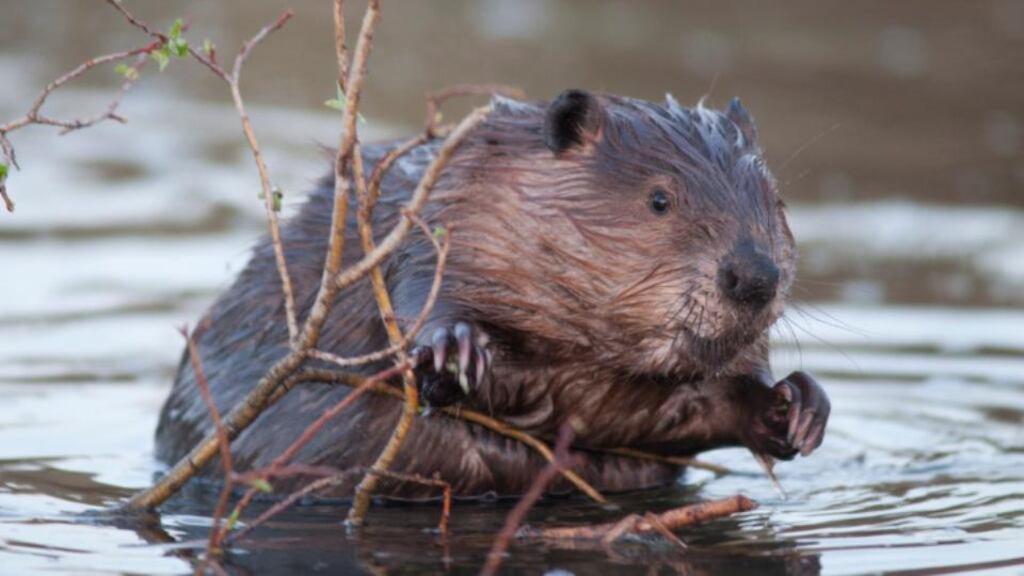Efforts to retrieve the beaver from near extinction have met with great success - so much so that the animals have now become major polluters.
The ponds that form when the furry rodents build their dams release large amounts of the powerful greenhouse gas methane.
Trapping during the 16th to 19th century nearly did for the beaver, with numbers falling so low it was feared beavers could follow the dodo bird and become extinct.
A century of hunting controls and reintroduction efforts in the Americas and Eurasia have prevented its disappearance, but there have been consequences, says Colin Whitfield of the University of Saskatchewan. He quantified methane releases related to beaver dams on Tuesday in the Springer journal Ambio.
Beavers are consummate dam builders, blocking rivers to create ponds and surrounding wetlands.
Leaves, branches and other carbon-rich material builds up on the floor of the ponds, rotting to release methane, a greenhouse gas much more powerful than carbon dioxide.
As beaver numbers, rose so too did the dammed area covered by water. Collectively they have dammed up an estimated 42,000 sq km of ponds and an additional 200,000 sq km of shoreline and wetlands ,Whitfield says.
The more ponds, the more methane released. These ponds currently discharge about 800 million kg of the gas into the atmosphere every year.
The far bigger populations of deer and other wild cud-chewing animals release more methane - mainly through belching - but the beavers still deliver 15 per cent of what the cud-chewers release, says Whitfield.
He adds that beaver numbers continue to increase, and so the amount of methane they produce will also track upwards.












